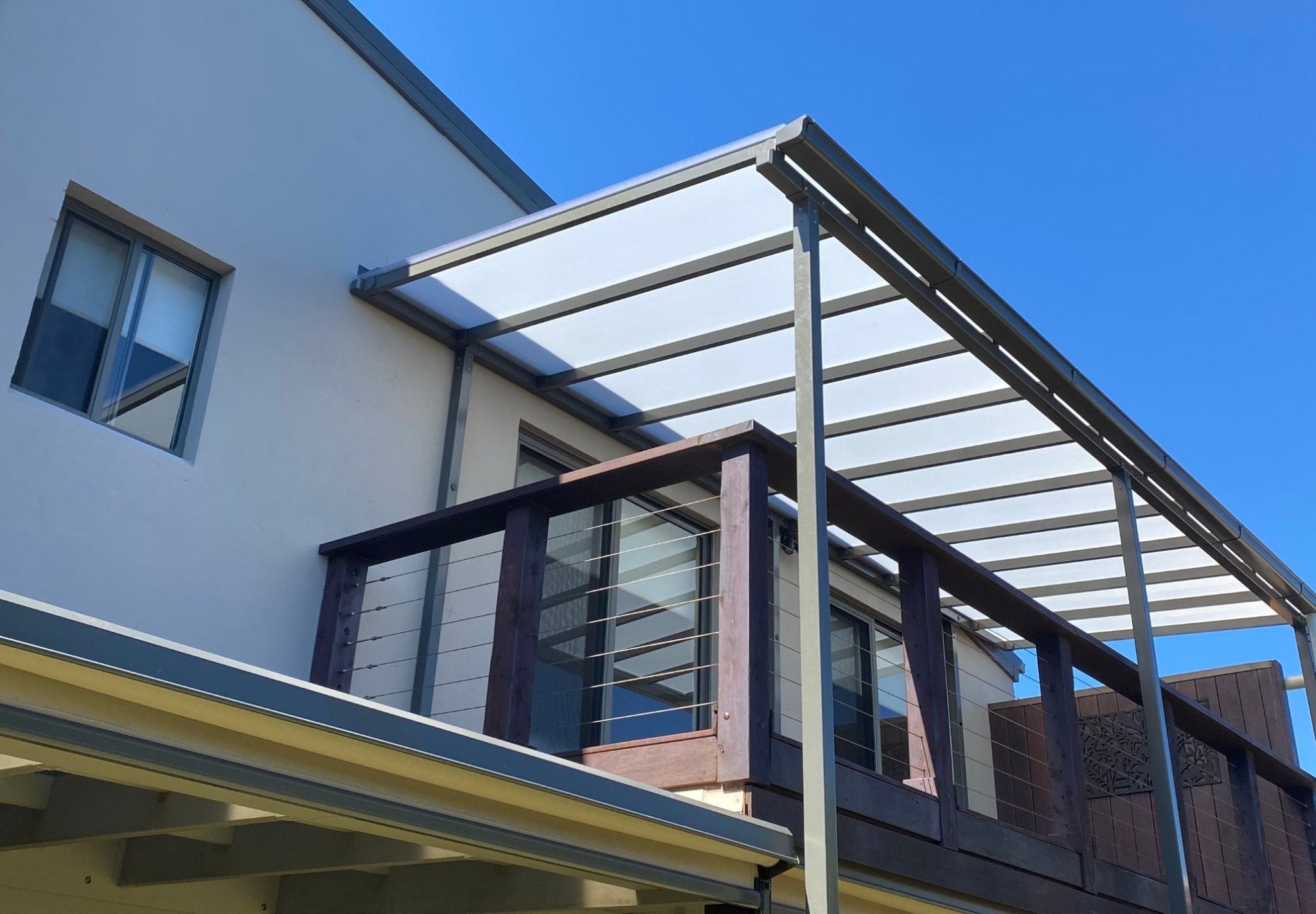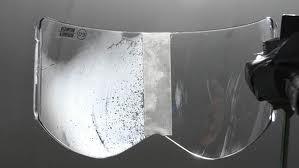Is your polycarbonate sheet resistant to all environmental conditions? Be it foggy, varying UV radiations or abrasive surfaces.
If no, then you need to apply these 5 very important polycarbonate coating I am going to discuss shortly.
Remember, polycarbonate sheet is not inherently scratch or fog resistant. Neither do they tint automatically when subjected to varying light conditions.
You need to purchase polycarbonate sheets with the right coating to improve performance and reliability. It is the only way to achieve optical class 1 properties.
The top 5 important coating are:
- Anti-fog coating
- Anti-scratch coating
- Anti-glare coating
- Anti-static coating
- Photochromic coating
Anti-fog Coating
An anti-fog solution eliminates any fogging problems that can impair vision. This anti-fog coating has hydrophilic ingredients.
Normally, when the polycarbonate surface is subjected to fluctuating humidity or temperature, small water droplets will tend to form on its surface.
As a result, this will cause diffraction and refraction of light that distorts vision.
With the hydrophilic, anti-fog coating on the surface, it will tend to maximise the surface energy of water thereby reducing surface tension.
It will cause water droplets to spread into a thin-clear layer film.
As a result, you will see clearly through the polycarbonate surface.
When used on polycarbonate sheet, you can only apply anti-fog coating on one side of the sheet and other coatings on the opposite surface.
That is, you will have one side as anti-fog coating with all the other coatings on the other surface.
Anti-scratch Coating
To protect your polycarbonate surface from scratches, you need to have an anti-scratch coating that meet the right quality testing criteria.
They come in different grades such as:
- Hardness >1H designed for general use
- Hardness >3H, which is an upgraded version of >H1
- Hardness 8~9H which is considered a superior coating
- Thermoformable and optical anti-scratch coating
Essentially, this anti-scratch coating hardens the polycarbonate surface making it suitable for both indoor and outdoor applications.
You can also consolidate it with other technologies such as anti-glare, UV resistant and anti-graffiti coating.
Anti-glare Coating
You can consolidate anti-glare coating with anti-scratch coating.
This coating eliminates possibility of reflection from the polycarbonate surface.
Excess reflections not only impair vision, but may cause eye problems.
The anti-glare coating is also referred to as an anti-reflection coating.
It is therefore an important coating to consider, especially when high light transmission or image resolution is a priority.
Anti-static Coating
Dust and humidity (water droplets) tend to build up on motorcycle helmet visors due to electrostatic charges.
The anti-static coating prevents the generation and buildup of these static charges.
When used with other polycarbonate coatings, they prevent particulate attraction, hence, you are always guaranteed of a clear surface.
This is will save you from the laborious process of cleaning the polycarbonate surface every time.
Photochromic Coating
With the varying light intensity, I am sure the process of changing visors or face shields with different tints is not only tiresome, but also boring too.
The photochromic coating puts this matter to rest.
This coating is formulated to change or tint depending on the light intensity.
The coating can be used alongside the other four polycarbonate coatings I have mentioned above.
They are also available in different options such as photochromic lenses, photochromic visitors, photochromic goggles, photochromic face shields, etc.
As you can see, buying a polycarbonate sheet or lens alone may not solve your safety concerns.
You need to acquire a polycarbonate sheet that has the right coating to protect you from fog, abrasion, glare, changing UV light and static charges.






1 comment
Kevin Crook
Hi there, can you please tell me about photochromic treatments for ploycarbonate? I work for a company installing shade areas and they only offer clear, opaque and tinted. I’m wondering what’s involved in making clears into a variable-tint option. Thank you
Hi there, can you please tell me about photochromic treatments for ploycarbonate? I work for a company installing shade areas and they only offer clear, opaque and tinted. I’m wondering what’s involved in making clears into a variable-tint option. Thank you